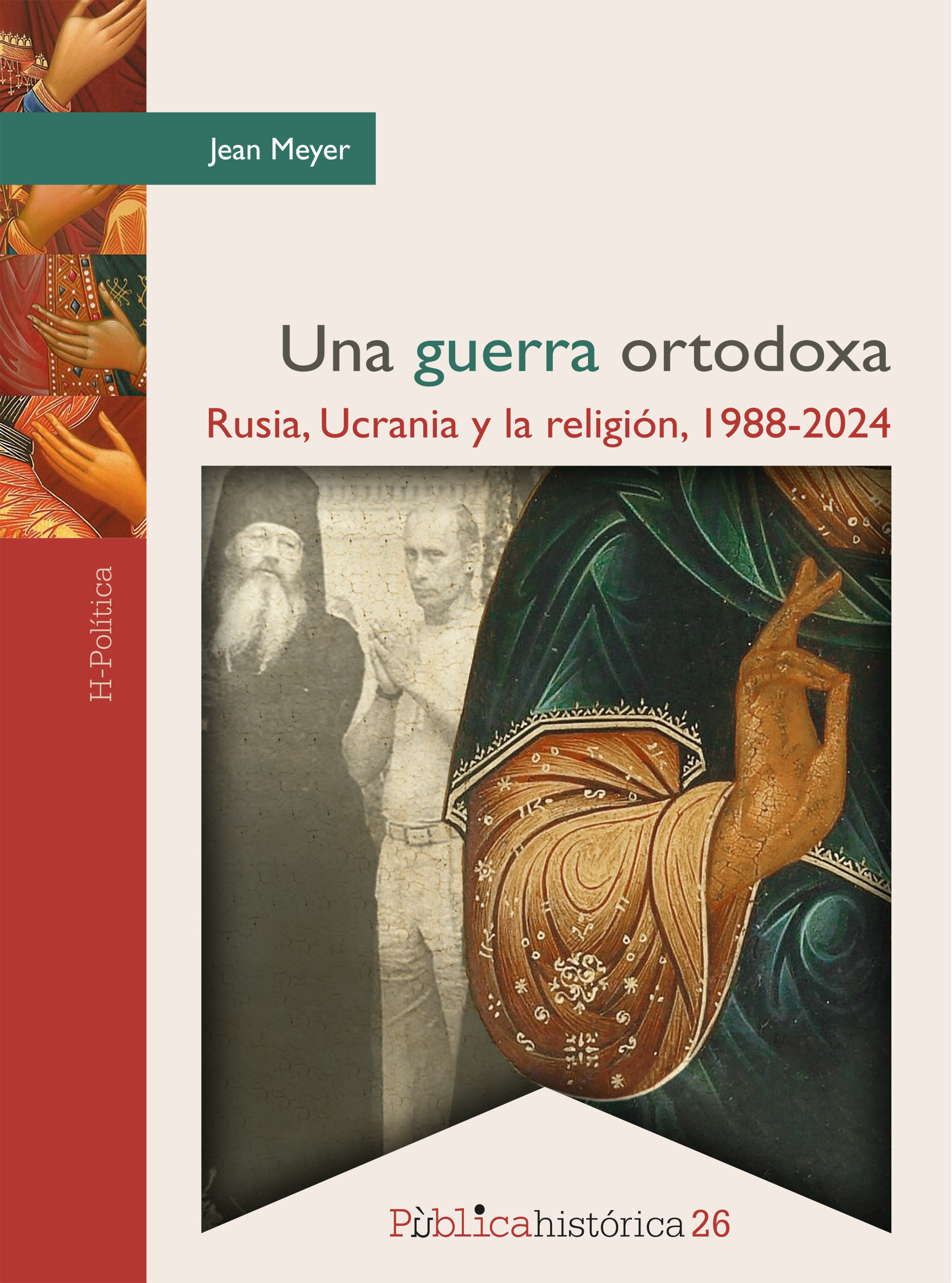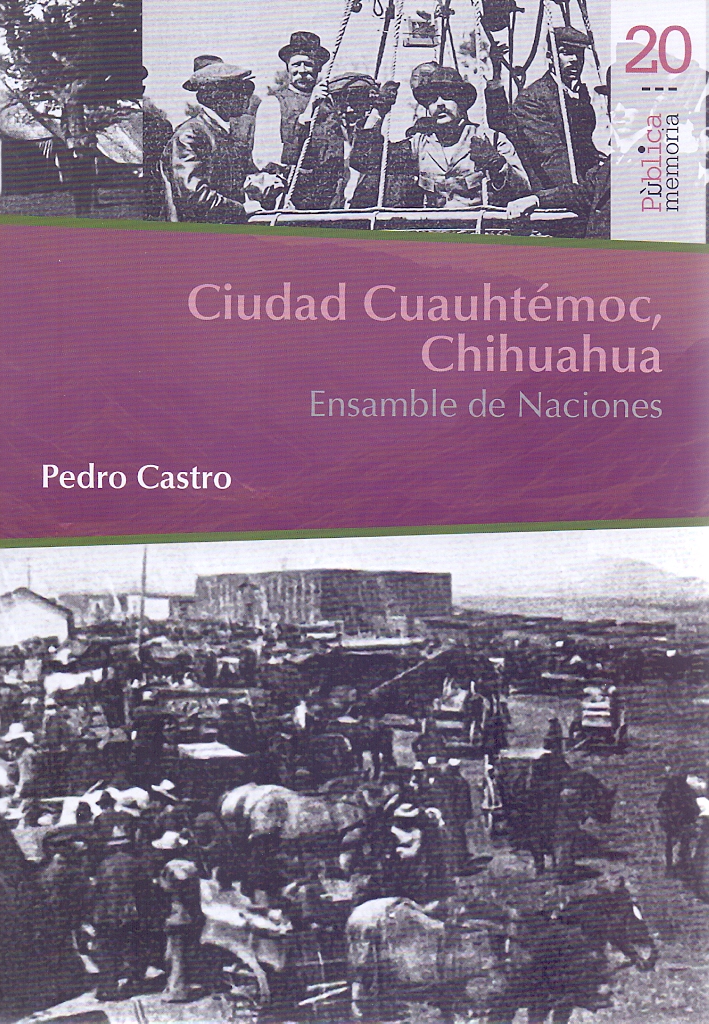Libros relacionados
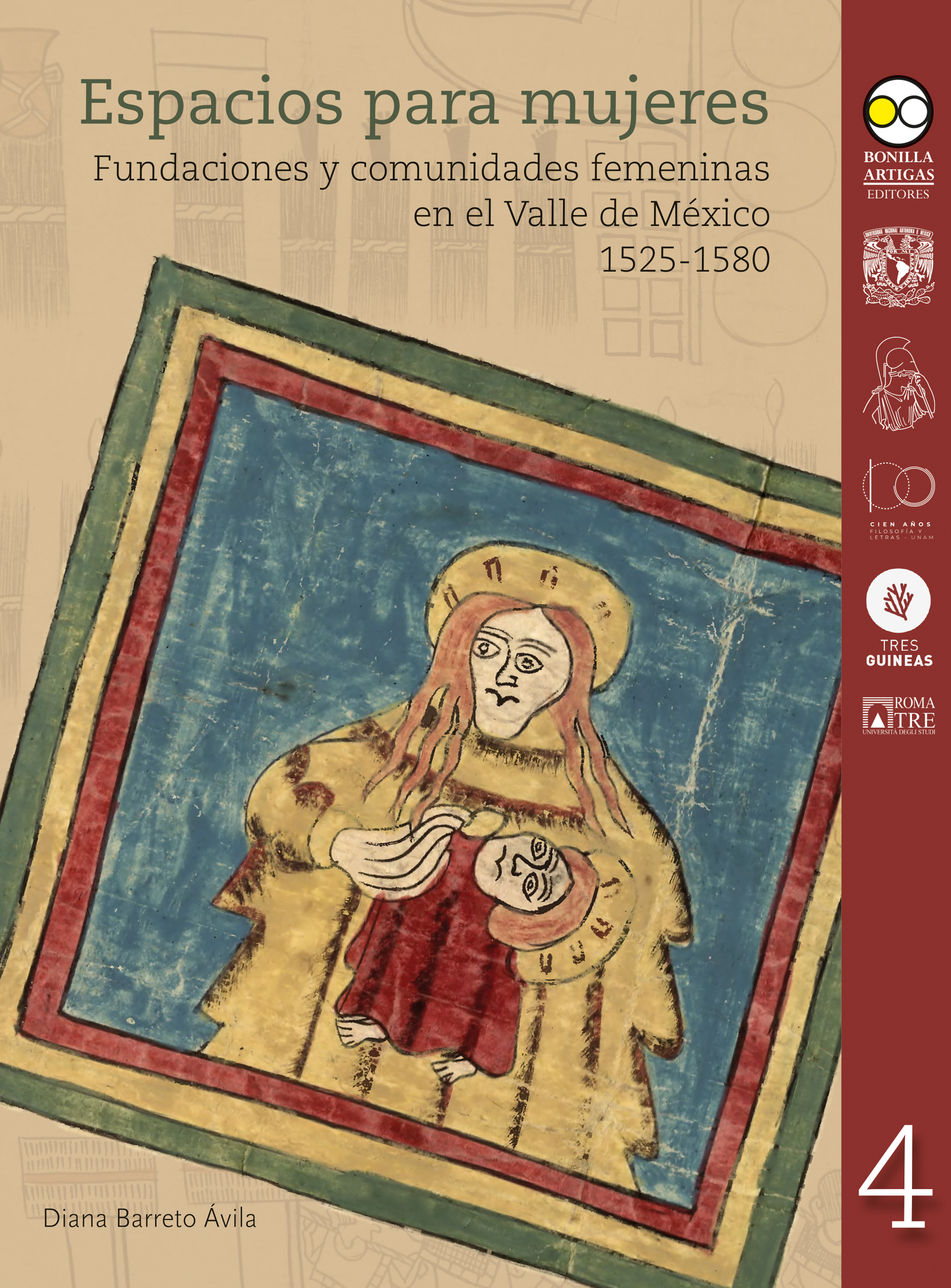 |
Espacios Para Mujeres: Fundaciones y Comunidades Femeninas en el Valle de Méxic Barreto Ávila, Diana Bonilla Artigas Editores |
 |
Enemigos Fueron Todos: Vigilancia y Persecución Política en el México Posrevoluc Valdez César Bonilla Artigas Editores |
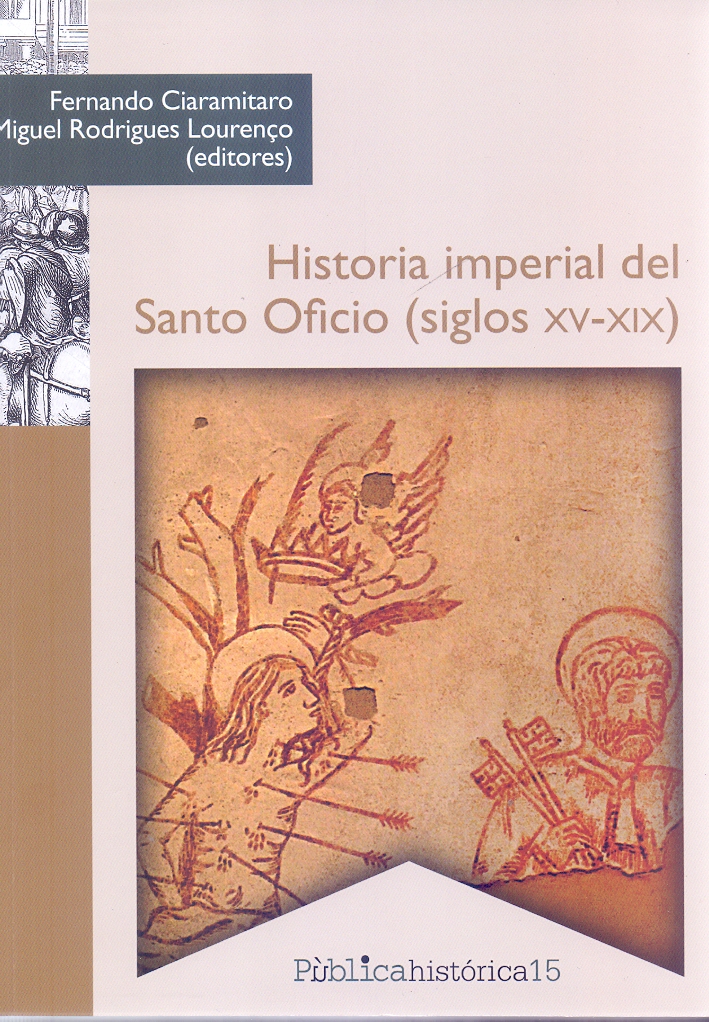 |
Historia Imperial del Santo Oficio (Siglos XV-Xix) Fernando Ciaramitaro, Miguel Rodrigues Lourenço Bonilla Artigas Editores |
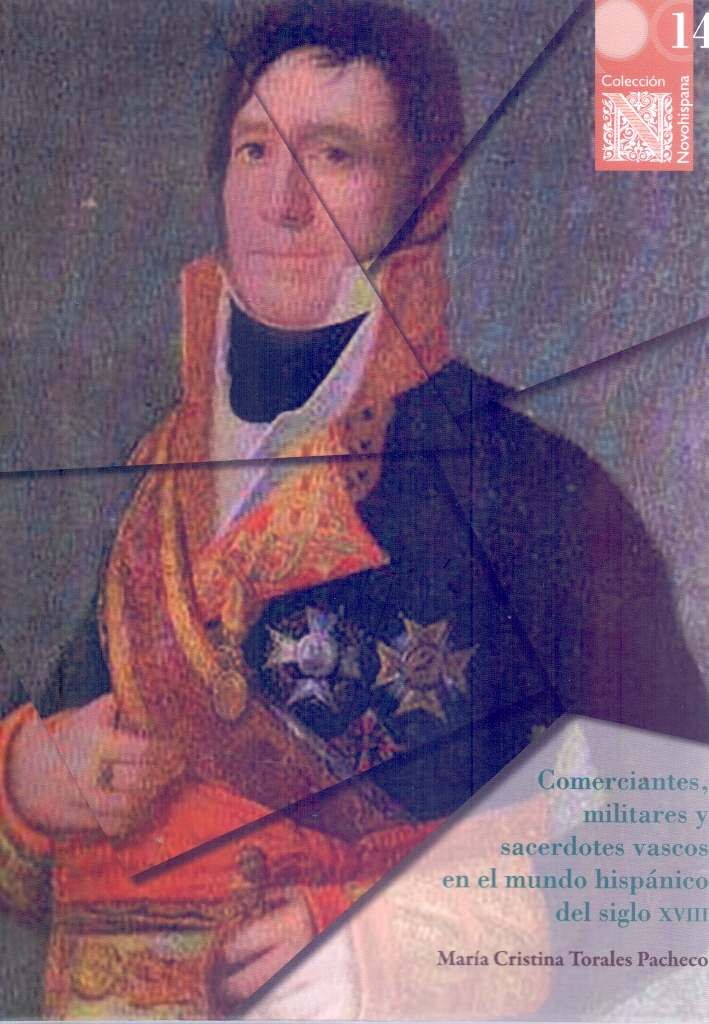 |
Comerciantes, Militares y Sacerdotes Vascos en el Mundo Hispánico del Siglo XVII Torales Pacheco, María Cristina Bonilla Artigas Editores |
 |
El Crisol y la Flama: Grupos Sociales y Cofradías en Pátzcuaro (Siglos XVI y XVI Flores García, Laura Gemma Bonilla Artigas Editores |
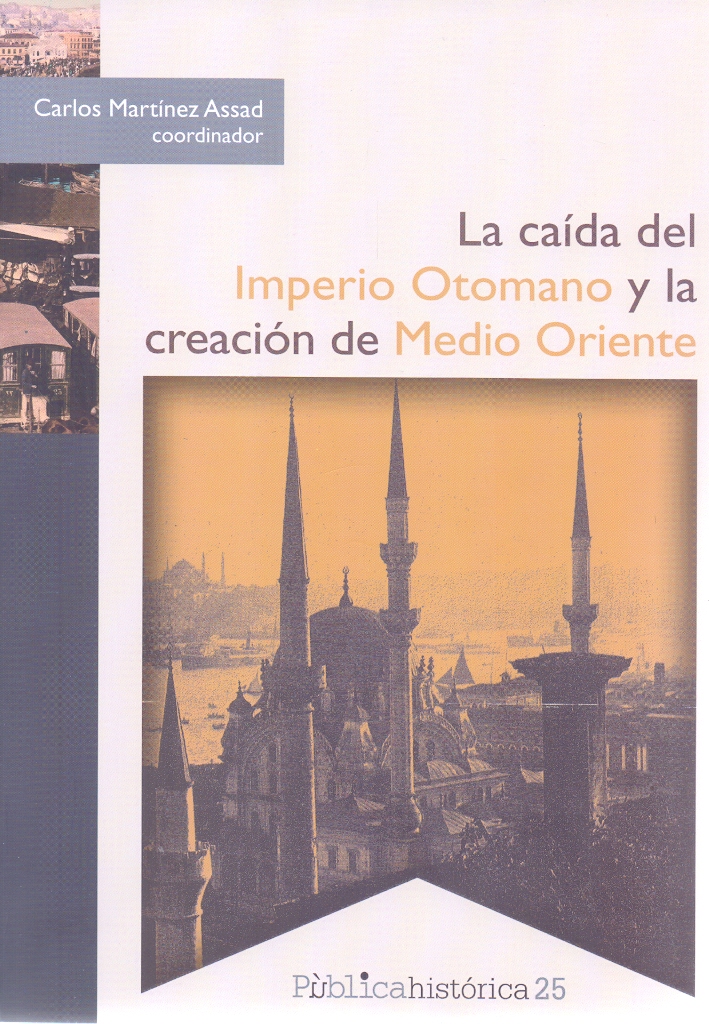 |
La Caída del Imperio Otomano y la Creación de Medio Oriente Carlos Martínez Assad Bonilla Artigas Editores |
 |
Exilio Español y Su Vida Cotidiana en México, El. Serrano Migallón, Fernando; Woldenberg José Bonilla Artigas Editores |


|
Título: Faberge's Eggs | |
| Autor: Faber Toby | Precio: $300.30 | |
| Editorial: Random House | Año: 2008 | |
| Tema: Arte, Historia | Edición: 1ª | |
| Sinopsis | ISBN: 9781400065509 | |
| In Stradivari’s Genius, Toby Faber charted the fascinating course of some of the world’s most prized musical instruments. Now, in this enthralling new book, he tells the story of objects that are, to many, the pinnacle of the jeweler’s art: the Fabergé imperial eggs.
The Easter presents that Russia’s last two czars gave to their czarinas have become synonymous with privilege, beauty, and an almost provocative uselessness. They are perhaps the most redolent symbols of the old empire’s phenomenal craftsmanship, of the decadence of its court, and of the upheavals that brought about its inevitable downfall. Fabergé’s Eggs is the first book to recount the remarkable story of these masterpieces, taking us from the circumstances that inspired each egg’s design, through their disappearance in the trauma of revolution, to their eventual reemergence in the global marketplace. In 1885, Carl Fabergé created a seemingly plain white egg for Czar Alexander III to give to his beloved wife, Marie Fedorovna. It was the surprises hidden inside that made it special: a diamond miniature of the Imperial crown and a ruby pendant. This gift began a tradition that would last for more than three decades: lavishly extravagant eggs commemorating public events that, in retrospect, seem little more than staging posts on the march to revolution. Above all, the eggs illustrate the attitudes that would ultimately lead to the downfall of the Romanovs: their apparent indifference to the poverty that choked their country, their preference for style over substance, and, during the reign of Nicholas II, their all-consuming concern with the health of the czarevitch Alexis, the sickly heir to the throne–a preoccupation that would propel them toward Rasputin and the doom of the dynasty. More than a superb new account of a classic tragedy, Fabergé’s Eggs illuminates some fascinating aspects of twentieth-century history. The eggs’ amazing journey from revolutionary Russia features a cast of characters including embattled Bolsheviks, acquisitive British royals, eccentric artifact salesmen, and such famous business and society figures as Arm and Hammer, Marjorie Merriweather Post, and Malcolm Forbes. Finally, Toby Faber tantalizingly suggests that some of the eggs long thought lost may eventually emerge. Darting from the palaces of a besieged Russia to the showcases of New York’s modern mega-wealthy, Fabergé’s Eggs weaves a story unparalleled in its drama and extravagance. |
||
Librería Bonilla SA de CV © Todos los derechos reservados. 2019
Última actualización: Jul 2019



